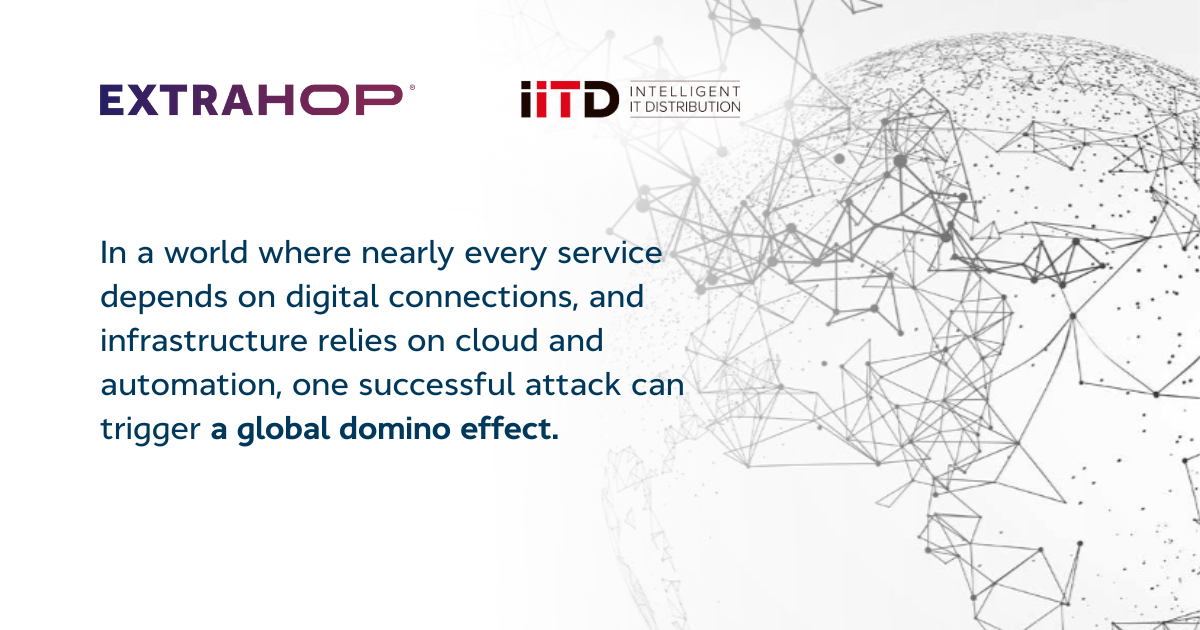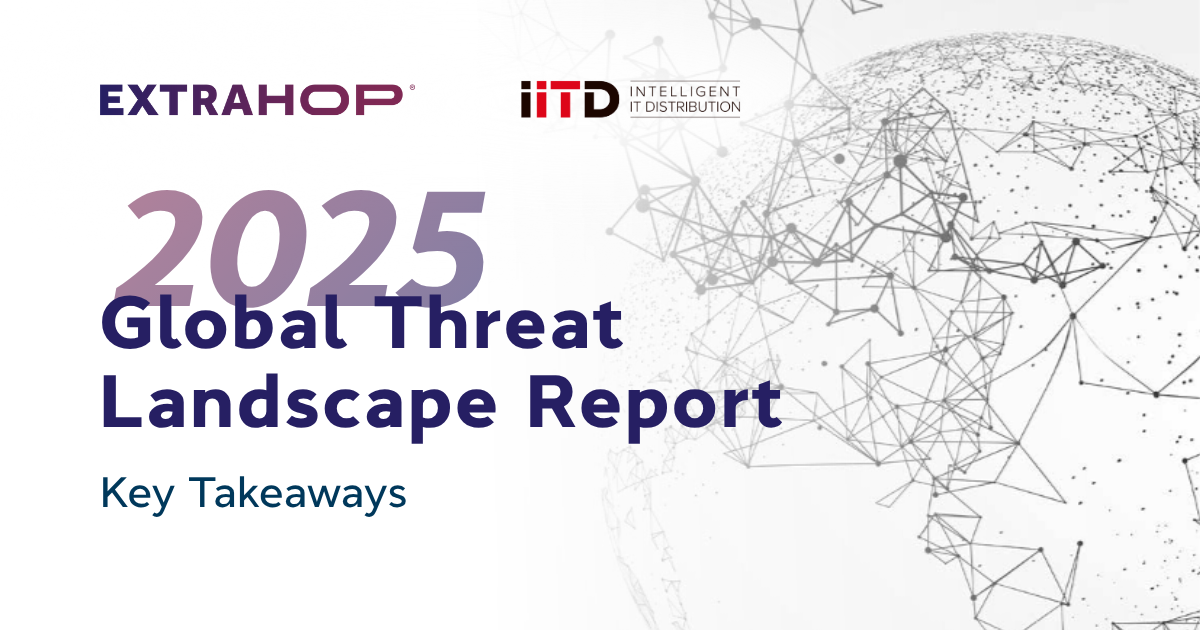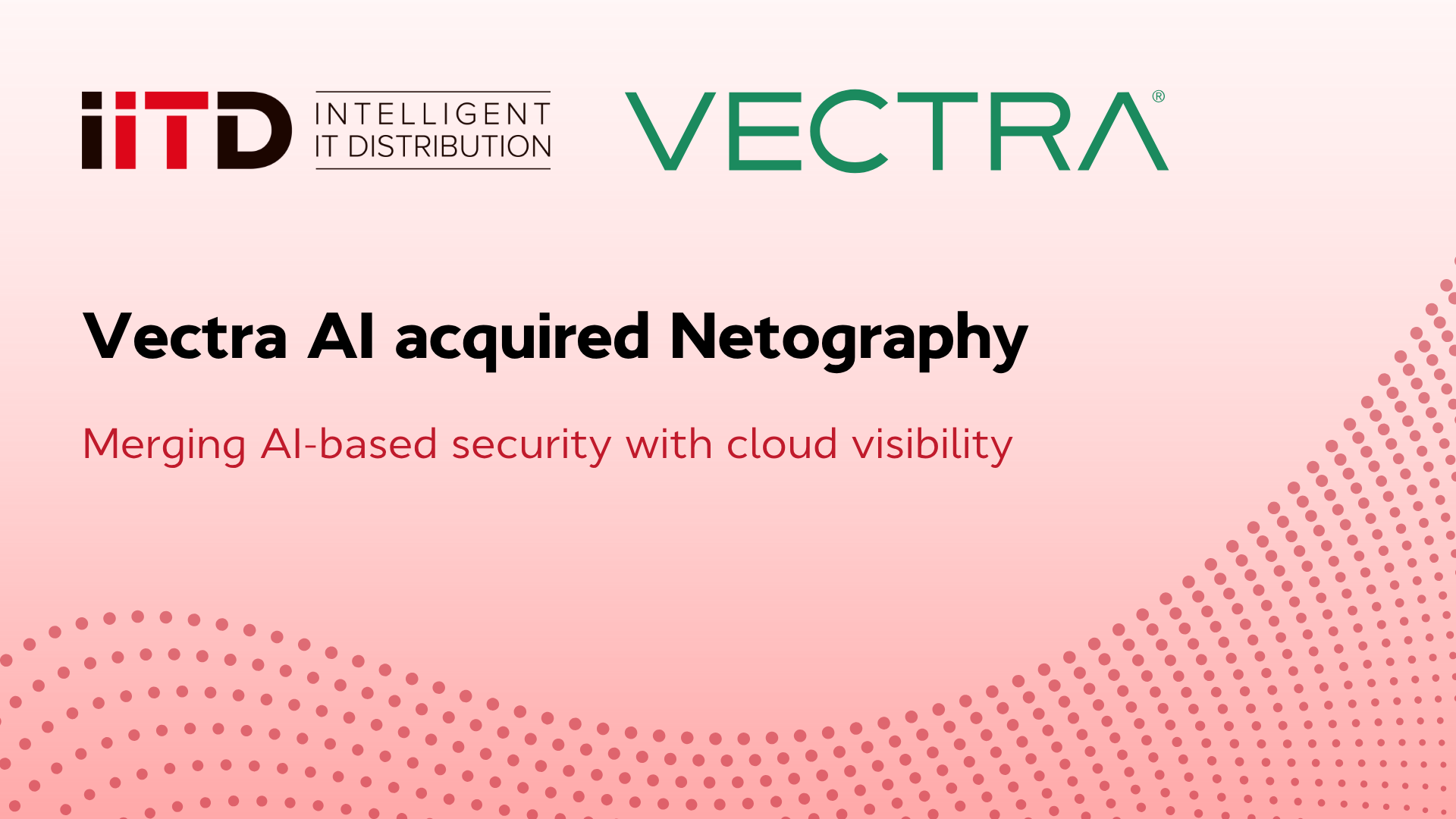According to the ExtraHop report, the attack surface is growing faster than organizations’ ability to control it. The greatest risks today are concentrated around:
- public cloud (53.8%),
- supply chain (43.7%),
- applications using generative AI (41.9%).

Source: ExtraHop 2025 Global Threat Landscape Report
Most common attack vectors
The ExtraHop report found that attack scenarios still begin in a familiar way. The most common attack vectors include:
- phishing and social engineering – responsible for 33.7% of incidents,
- software vulnerabilities – 19.4% of incidents,
- supply chain compromise – 13.4% of incidents,
- use of stolen credentials – 12.2% of incidents.

Source: ExtraHop 2025 Global Threat Landscape Report
While there is no shortage of knowledge about the sources of attacks, the problem remains the speed of response. On average, it takes about two weeks for an organization to even detect the presence of an intruder, and another two weeks to fully control the situation. This means that criminals have about a month of free rein in the victim’s network – long enough to calmly move between systems, escalate privileges, and prepare the next stages of the attack. During this time, companies incur measurable costs – according to the report, the average downtime after a security incident is 37 hours. For many organizations, this means real financial losses and a loss of customer trust.
Ransomware attacks
Although the frequency of ransomware attacks has decreased – from approximately eight incidents per organization to 5–6 annually – the average ransom value has increased by over a million dollars (from 2.5 million to 3.6 million USD).

Source: ExtraHop 2025 Global Threat Landscape Report
This discrepancy between the decline in the number of attacks and the increase in costs is due to the evolution of techniques used by cybercriminals, who are increasingly effective at remaining undetected in the victim’s environment. Data from ExtraHop shows that adversaries had on average nearly two weeks of access to the organization’s network before carrying out the actual attack. Moreover, nearly one-third of companies discovered the ransomware incident only when data exfiltration began – when the damage was already inevitable.








